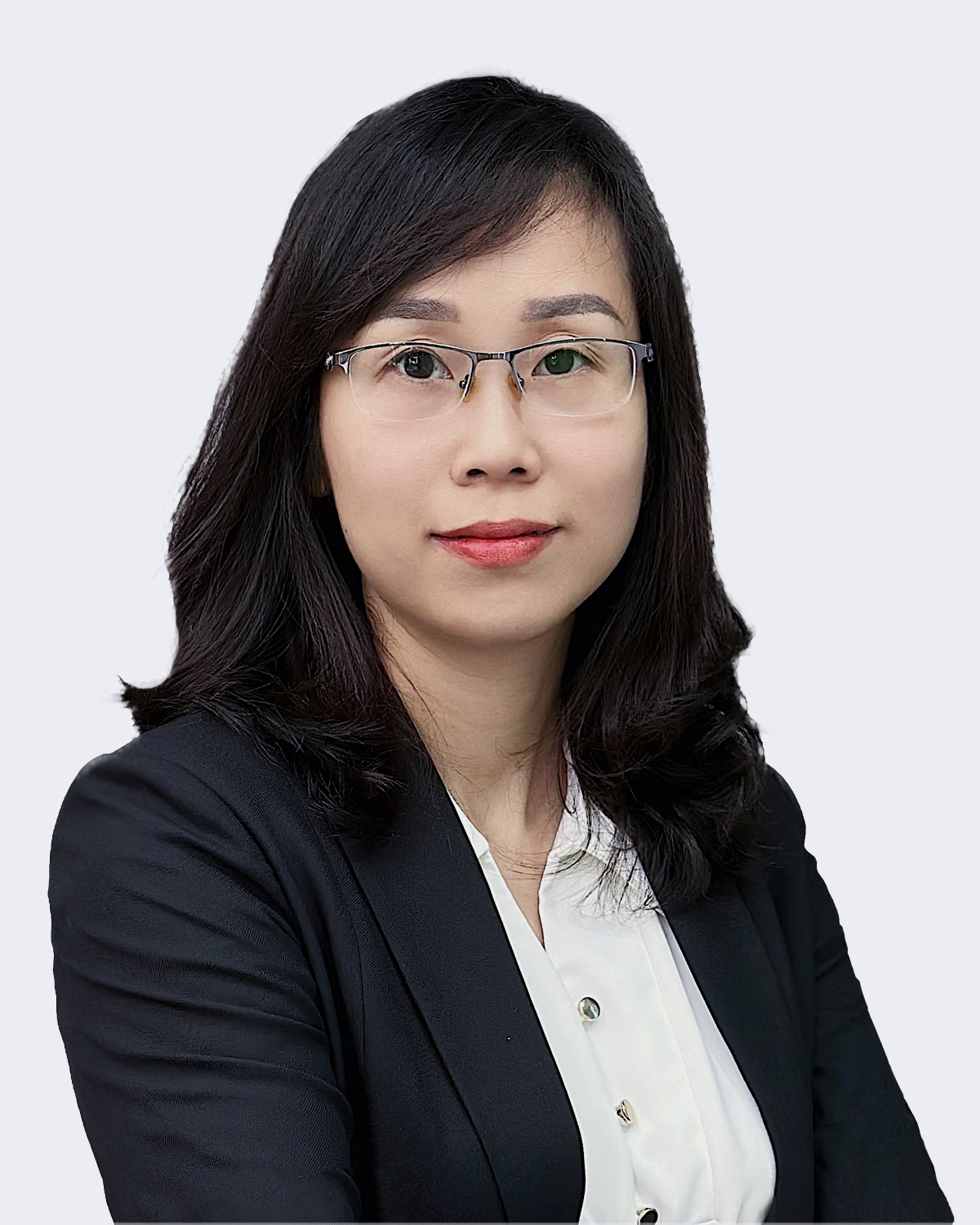In Vietnam, divisional practice is fairly flexible. Specifically, one or more divisional applications can be filed: (1) in response to a lack of unity rejection; and/or (2) at any time for any reason (e.g., voluntary divisionals are permitted). The specification of a divisional application must not go beyond the original specification of the parent application. In other words, no new matter can be added in a divisional application.
Time Period for Filing a Divisional Application
A divisional application can be filed any time during the pendency of the parent application, namely, before the Intellectual Property Office of Vietnam (IP Vietnam) issues a final decision regarding the grant or refusal of the parent application. In practice, a divisional application should be filed no later than at the time of paying the grant fees of the parent application. Vietnam’s Intellectual Property Law (IP Law) does not indicate whether a divisional application can be filed off of a pending divisional application once the parent application has issued. Currently, IP Vietnam is not rejecting divisional applications filed off of a divisional application.
Requirements for Filing a Divisional Application
According to Vietnam IP Law, the requirements for filing a divisional application are as follows:
- Submission of a copy of the specification (including the abstract), claims and drawings of the divisional application as well as an entry form indicating the name, address and nationality of each inventor;
- The divisional application cannot include any subject matter not originally disclosed in the parent application; and
- The parent application and the divisional application cannot claim the same (e.g., identical) subject matter.
The priority and filing dates of each divisional application will be identical to the priority and filing date of the (original) parent application.
Claims of a Divisional Application
A divisional application may be filed with the claims as originally filed in the parent application or PCT application. However, the claims of a divisional application filed with the same claims as a parent or PCT application must be amended prior to or during examination to ensure that neither the parent or divisional application claim identical subject matter. As will be discussed in more detail below, if the claims of two patent applications or a patent and a pending application have identical scope, they the application(s) will be considered to be an identical invention and rejected for double patenting.
Double Patenting
Article 90 of the Vietnam IP Law states that if more than one application has been filed for the same or “equivalent” inventions, then only one patent will be granted for the application having the earliest priority or filing date (i.e., if the application does not claim priority). Article 24 of the Guidelines for Examination of Patent Applications (Guidelines) provides a series of steps that should be performed in determining whether two sets of claims recite “the same invention”.
According to the Guidelines, the first step involves determining the scope of protection of the invention based on the terms and concepts recited in the two sets of claims (with the description and drawings being used to interpret the scope of protection). Next, the claims in the first application or patent must be compared with the claims in the second application (The claims of the first application or patent must not be compared with the specification of the second application). If the scope of protection of a claim in the first application or patent is identical to the scope of protection of a claim in the second application, then the inventions will be deemed to be “identical” inventions. If the specifications of the first application or patent and the second application are the same, but the scope of protection of the claims in each are different, then the two inventions will be deemed not to be identical. For example, if the specification of a first application or patent and a second application disclose the same product and process but the claims in the first application or patent are directed to the product and the claims of the second application are directed to the process, then the two inventions will not be deemed to be identical (e.g., there is no double patenting problem). Likewise, if the scope of protection of the claims of a first patent application or patent and a second application partially overlap, then the two inventions will also be deemed to be identical. For example, if the claims of a first application or patent recite a pH range of 1.0 to 6.0 and the claims of a second application recite a pH range of 3.0 to 5.0, then the two inventions will be considered to overlap and will be considered to be identical, since the pH range of 3.0 to 5.0 is encompassed within the broader pH range of 1.0 to 6.0.
Unfortunately, the Guidelines do not provide any information about what is meant by an “equivalent invention”. However, the issue of “equivalent inventions” often arises when the claims in a first application or patent recite a genus and the claims in a second application recite species encompassed within the scope of a claimed genus. If the genus claims are patented, then in practice, the second application claiming the species will be rejected for double patenting (as being encompassed within the scope of the patented genus). However, if the claims of the species are patented, then a second application claiming a genus would be allowable provided that the claims in the second application are amended to include a disclaimer to the species claimed in the patent. However, Applicants should be aware that the requirements for specification support of a disclaimer under Vietnam IP Law are similar those of the European Patent Office.
Examination of Divisional Applications
A divisional application is accorded the same filing date as the parent application but is treated as a new patent filing. As such, the divisional application:
- Is allotted its own (new) application number;
- Requires payment of its own filing fees (separate from the filing fees paid in the parent application) and all back annuities;
- Requires the filing of a request for examination (separate from the filing of a request for examination in the parent application);
- Is prosecuted separately from the parent application; and
- Results in a patent that is independent from the parent application.
The fees for a divisional patent application are similar to those for a parent application except that the payment of fees for a priority claim are not required in a divisional application.
The term of a patent issuing off of a divisional application is twenty years from the filing date of the parent application.
This post was written by Thanh Phuong Vu and U.S.-based patent attorney Lisa Mueller, and was first published in Ms. Mueller’s BRICS & Beyond blog as Part 13 of a 16-part series examining divisional practice in various countries.

